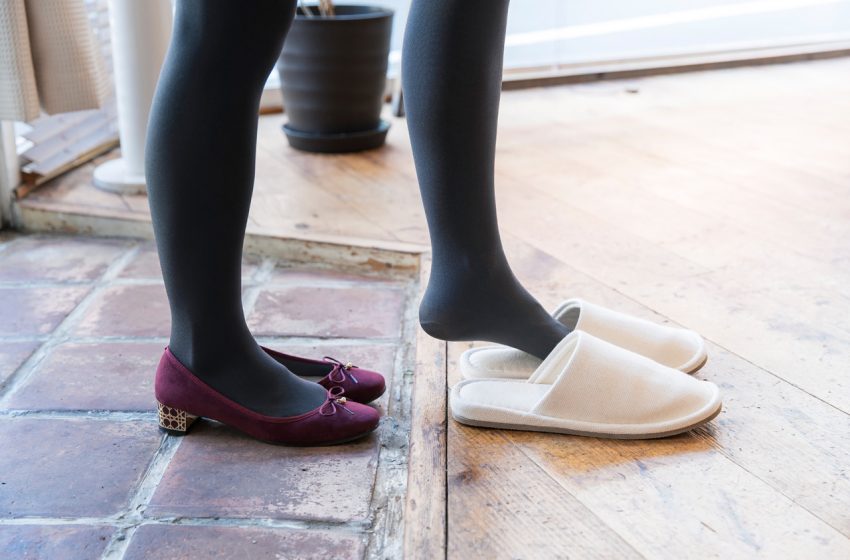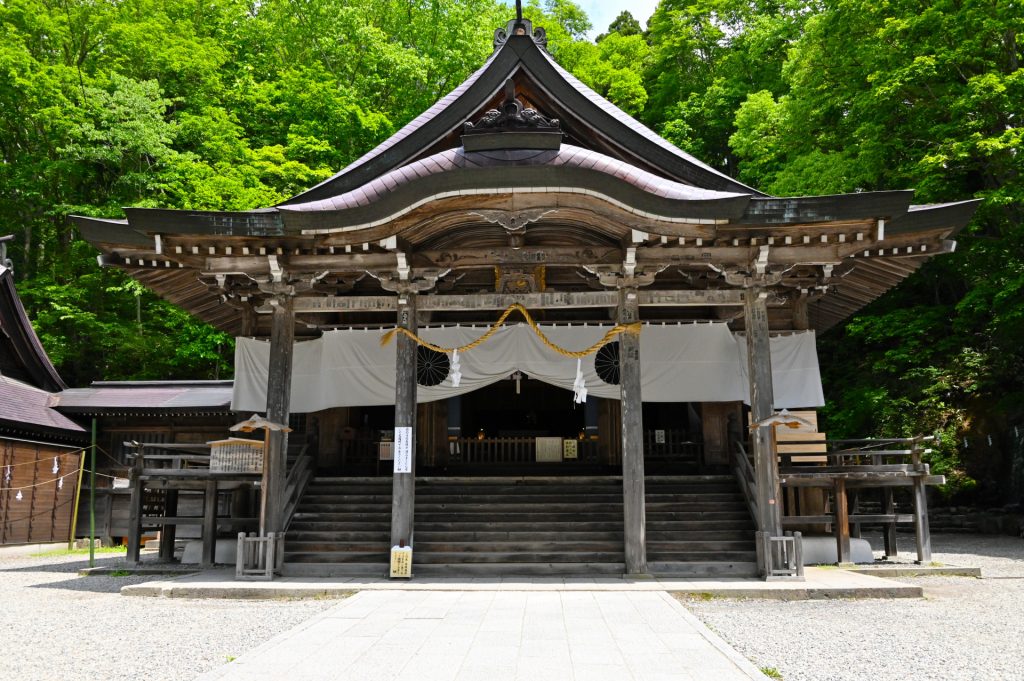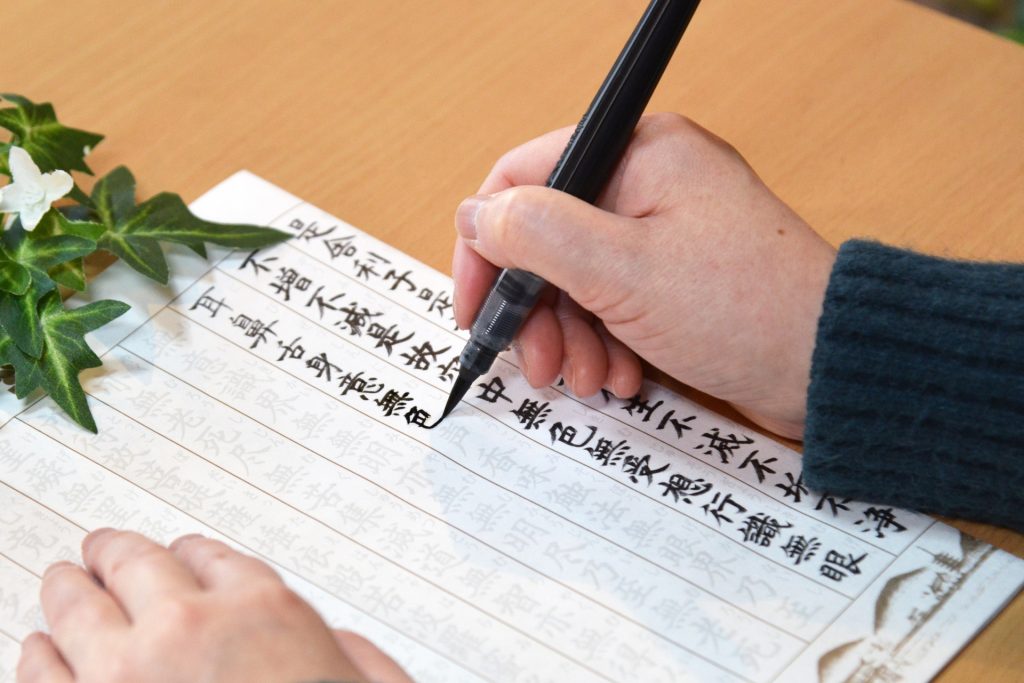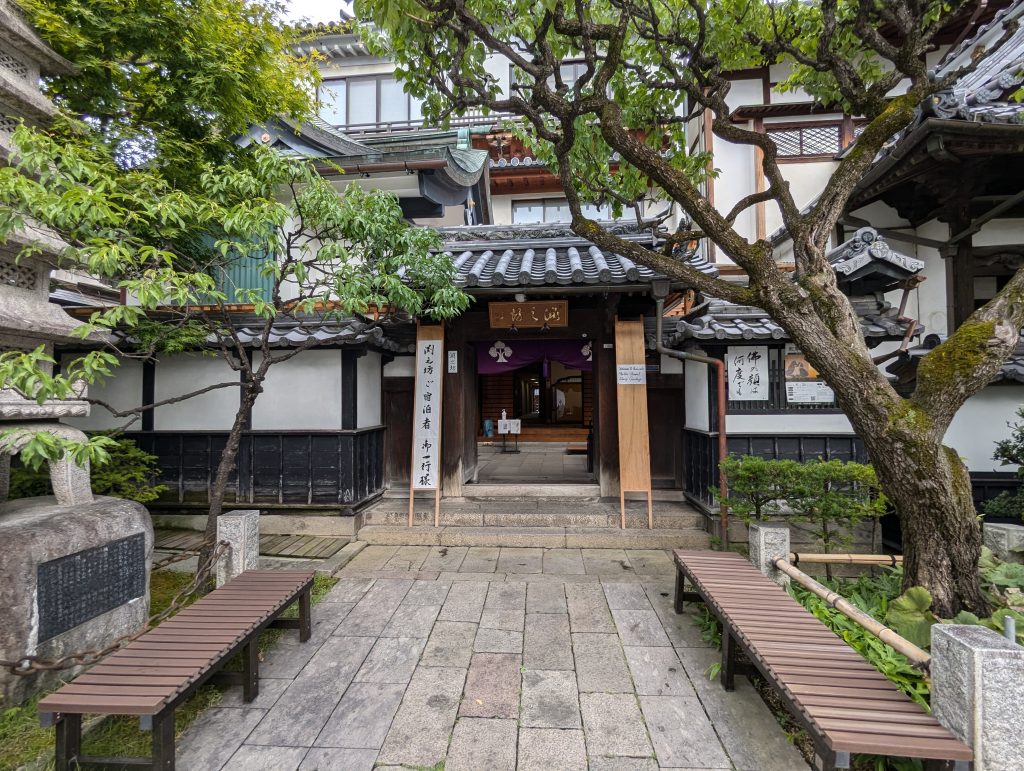
Manners in Japan: A Guide for the Thoughtful Traveler
Hello, global wanderers! Japan, a country blending millennia-old traditions with cutting-edge modernity, offers travelers a world of rich experiences. Yet, as with every country, Japan has its unique set of manners and etiquette that visitors should be aware of. In this guide, we’ll explore essential dos and don’ts to make your visit respectful and enjoyable.
1. Greetings and Bowing
- Bowing: When you think of Japan, you might picture locals bowing as a form of greeting. The depth and length of the bow reflect the level of respect. While it’s appreciated when foreigners reciprocate, a nod or a slight bow is sufficient.
2. Communication Manners
- Politeness: Japanese language often involves varying levels of politeness. A simple ‘arigatou’ means ‘thank you,’ but ‘arigatou gozaimasu’ is more polite. Don’t worry if you can’t get it right; the effort is often appreciated.
- Volume: Keep your voice down in public places. Japanese society values calmness and discretion.
3. Public Transportation
- Queueing: Always stand in line when waiting for buses, trains, or elevators. It’s orderly and ensures everyone gets a fair turn.
- Priority Seats: On trains, there are seats designated for the elderly, pregnant women, and those with disabilities. Please yield these unless you belong to those categories.
- Silence your Phones: On trains, put your mobile on silent mode. Speaking loudly or taking calls is considered impolite.
4. Visiting Temples and Shrines
- Purification: Before entering, use the water provided at the entrance to cleanse your hands and mouth.
- Prayer Etiquette: Typically, you would throw a coin into the offering box, bow twice, clap twice, make a wish or pray, and bow once more.
- Footwear: Take off your shoes when entering temple buildings or areas marked with ‘no shoes’ signs.
5. Dining Etiquette
- Before Eating: It’s customary to say “itadakimasu” before starting a meal, which translates to “I humbly receive.”
- Chopsticks: Don’t stick chopsticks upright into rice, as it resembles a funeral custom. When not using them, place them on the provided chopstick rest.
- Finishing Your Meal: Aim to finish all food served to you as a sign of appreciation.
6. Shopping Manners
- Cash Handling: Use the small tray provided at cash counters for money transactions instead of handing money directly.
- Receipts: Even if you don’t need it, always accept the receipt. It’s a sign of respect for the transaction process.
7. Taking Photos
- Permission: Before snapping away, especially in indoor or culturally sensitive areas, seek permission. Many temples, shrines, and museums prohibit photography.
8. Tipping
- No Tips Necessary: Tipping isn’t customary in Japan. Instead, service excellence is part and parcel of the culture, and there’s no need to tip for it.
In Conclusion
Japan’s manners might seem intricate, but they stem from a profound respect for others and an appreciation for harmony. As a visitor, your efforts to understand and adhere to these manners won’t just enhance your travel experience but will also earn you the respect and appreciation of the locals.
Happy travels, and may your journey through Japan be as harmonious as the nation’s age-old traditions!




